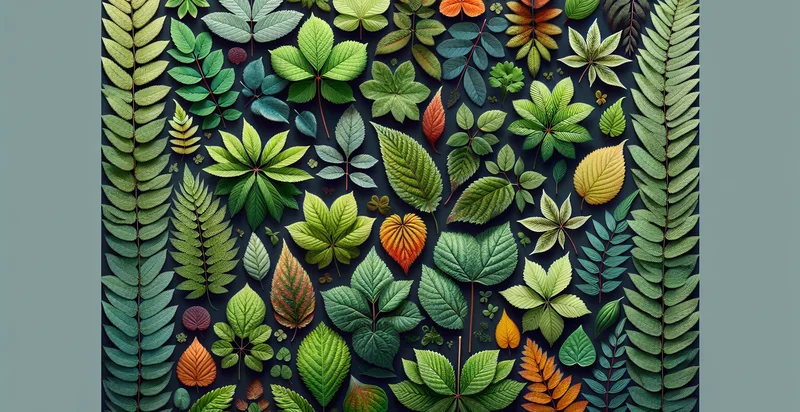Identify plant leaf arrangements by description
using AI
Below is a free classifier to identify plant leaf arrangements by description. Just input your text, and our AI will predict the type of leaf arrangement it has - in just seconds.

Contact us for API access
Or, use Nyckel to build highly-accurate custom classifiers in just minutes. No PhD required.
Get started
import nyckel
credentials = nyckel.Credentials("YOUR_CLIENT_ID", "YOUR_CLIENT_SECRET")
nyckel.invoke("plant-leaf-arrangements-by-description", "your_text_here", credentials)
fetch('https://www.nyckel.com/v1/functions/plant-leaf-arrangements-by-description/invoke', {
method: 'POST',
headers: {
'Authorization': 'Bearer ' + 'YOUR_BEARER_TOKEN',
'Content-Type': 'application/json',
},
body: JSON.stringify(
{"data": "your_text_here"}
)
})
.then(response => response.json())
.then(data => console.log(data));
curl -X POST \
-H "Content-Type: application/json" \
-H "Authorization: Bearer YOUR_BEARER_TOKEN" \
-d '{"data": "your_text_here"}' \
https://www.nyckel.com/v1/functions/plant-leaf-arrangements-by-description/invoke
How this classifier works
To start, input the text that you'd like analyzed. Our AI tool will then predict the type of leaf arrangement it has.
This pretrained text model uses a Nyckel-created dataset and has 16 labels, including Acicular, Alternate, Basal, Compound, Decussate, Entire, Lobed, Opposite, Pinnate and Rosulate.
We'll also show a confidence score (the higher the number, the more confident the AI model is around the type of leaf arrangement it has).
Whether you're just curious or building plant leaf arrangements by description detection into your application, we hope our classifier proves helpful.
Related Classifiers
Need to identify plant leaf arrangements by description at scale?
Get API or Zapier access to this classifier for free. It's perfect for:
- Plant Identification Tool: This function can be integrated into mobile applications that help users identify plants based on descriptions of their leaf arrangements. Gardeners and nature enthusiasts can easily find out the species of a plant by inputting descriptive text regarding its leaf structure, aiding in plant care or research.
- Educational Resource: Schools and universities can utilize this classification function in botany courses to enhance the learning experience. Students can practice describing leaf arrangements and receive immediate feedback on their accuracy, fostering a deeper understanding of plant morphology.
- Digital Gardening Assistant: A web-based gardening platform can implement this text classification system to assist users in diagnosing plant health issues. By describing the leaves' arrangements and appearances, users can receive tailored advice on care routines and pest management based on their plant's characteristics.
- Research and Conservation: Researchers studying plant biodiversity and conservation can use this function to classify unknown plant species based on leaf descriptions. This could aid in cataloging specimens in herbariums and contribute to databases that track changes in plant populations over time.
- E-commerce Plant Sales: Online plant nurseries can deploy this function to enhance user experience by allowing customers to identify plants before purchasing. By entering descriptive text about leaf arrangements, potential buyers can quickly find suitable plants that meet their aesthetic or functional desires.
- Augmented Reality Gardening Apps: AR applications can leverage this classification tool to overlay information about plants when users describe them. By engaging in real-world exploration, users can receive immediate identification of plants based on their leaf descriptions, enhancing their interaction with nature.
- Citizen Science Projects: Community-based science initiatives can utilize this text classification system to engage the public in botany and classifications. Participants can submit descriptions of local plants' leaf arrangements, helping to build a collaborative database that supports conservation efforts and local biodiversity studies.


